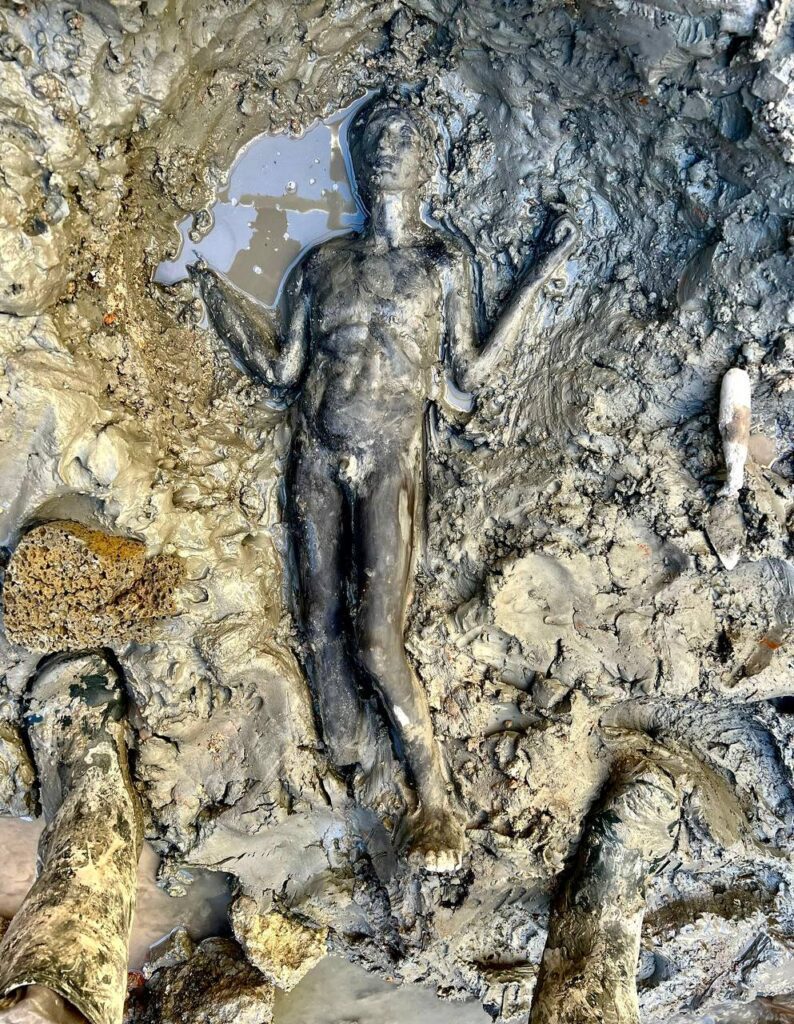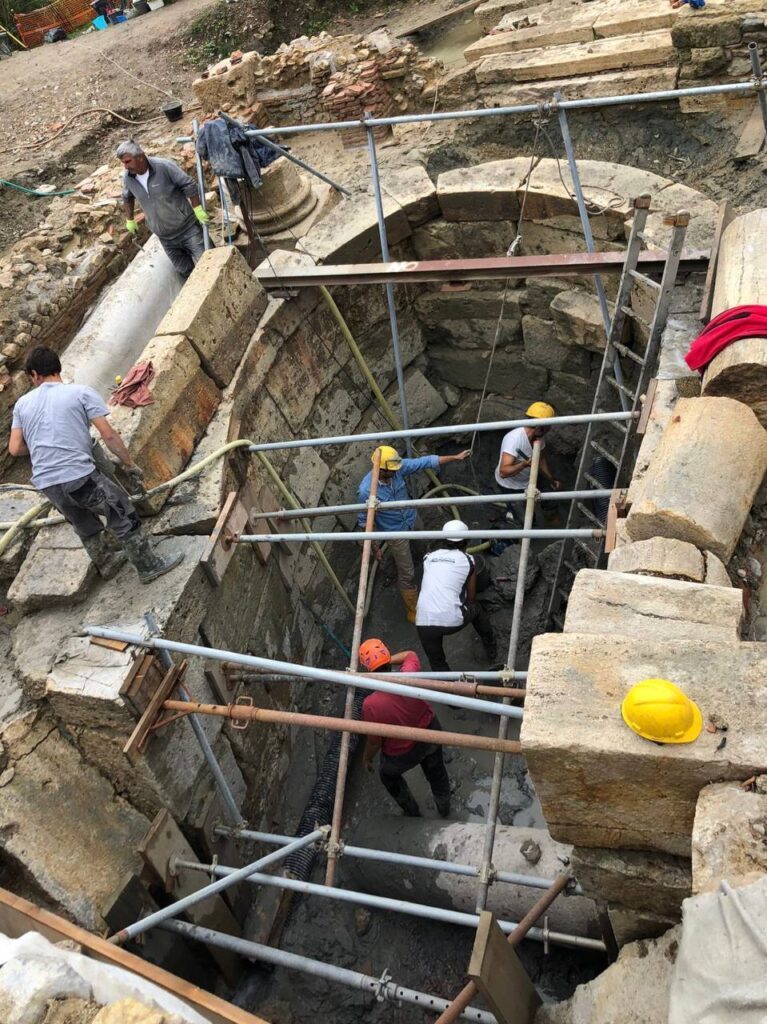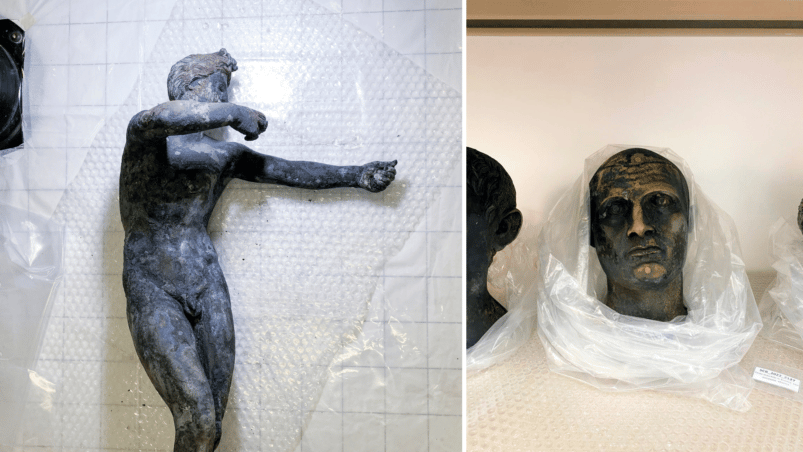Excitement in Italy, where archaeologists found 24 very well-preserved bronze statues. They date back to ancient Roman times and were found at a site near thermal baths in Tuscany. The statues show the shift between the Etruscans and Romans in Tuscany. Additionally, votive offerings and 5,000 gold, silver and bronze coins were also uncovered.
The figures were discovered in San Casciano dei Bagni, a hilltop thermal town in the province of Siena, some 160 kilometres north of Rome. Leading archaeologist Jacopo Tabolli told Reuters the statues, depicted Hygieia, Apollo and other Greco-Roman deities, and they had a function in a ritual, “probably around the first century AD”. The deities were idolized in the place of worship, in addition to the body parts and organs that the gods were implored to heal through the thermal water.
Times of change

The first and second century was a time of major change in ancient Tuscany. The noble Etruscan families dedicated these statues to the sacred water in the sanctuary that was situated next to the Bagno Grande (large baths), probably during a conflict between Rome and the Etruscan cities. In this era, the expansion of Rome also stood for the cultural assimilation of conquered people.
Those kinds of processes are often difficult to grasp. But because of the exceptional state of the statues found, multiple Latin and Etruscan inscriptions were preserved. Names of powerful Etruscan families from inner Etruria, such as the ‘Perugian Velimna’, stand beside Latin inscriptions that mention the aquae calidae (the hot springs of the large baths), in which the statues were located.
Apart from their exceptional preservation, the statues are remarkable because they are made out of bronze. That is rather unusual for the time since almost every figurine from this era is made from terracotta. “With its statues, the sanctuary resembles a research laboratory into cultural diversity during antiquity, the only proof of Etruscan and Roman mobility,” Tabolli explained to The Florentine.

Museum in the making
“This is an exceptional find, which yet again confirms Italy as a country of immense and unique treasures”, commented Gennaro Sangiuliano, the country’s new culture minister, when he visited the Central Restoration Institute in Grosseto, where studies are being conducted on the bronzes. “The layering of different civilizations is unique to Italian culture.”
And where the deities were believed to reinvigorate those that worshipped them, perhaps they can now do the same for the town of San Casciano. The Ministry of Culture wants to fund a new museum to house the artefacts in a sixteenth-century building in San Casciano. “This discovery offers San Casciano an opportunity that is not only cultural and tourism focused but is a real opportunity for rebirth”, declared the Mayor of the Tuscan municipality, Agnese Carletti in a press release.

